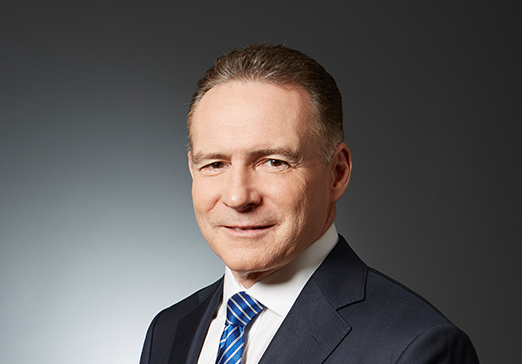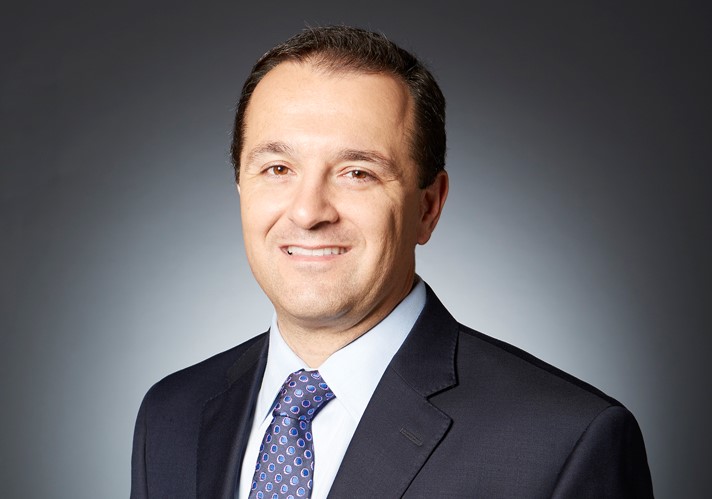Q4 2021 Strategy & Market Reviews
Each quarter, our Investment Management teams publish their key observations and portfolio updates across Global Equity and Fixed Income markets. This is a summary of our views for the Fourth Quarter of 2021. You can download the full reports via the links shown below.
KEY OBSERVATIONS
Happy New Year and Good Riddance to 2020! That is what we wrote last year at this time and it kind of feels like ground hog day. The good news is the returns were even better in 2021 than 2020. The bad news is that, as we write this, Omicron is reproducing at a rate far exceeding earlier variants and second only to measles. However, cases so far seem to be less severe, resulting in fewer hospitalizations and deaths. We are leaning towards this wave being short-lived.
During the fourth quarter of 2021, the S&P500 total return index gained +10.7% in Canadian dollar terms and the TSX total return index was up +6.5%. This put their annual returns at 27.5% and 25.2%, respectively. Not too shabby.
A continued rebound in economic strength and better-than-expected earnings propelled the markets higher. It also set the stage for the completion of the Fed’s $120 billion per month bond buying program in the first quarter of 2022 and for a higher federal funds rate as early as March 2022. Although the impact of Omicron is not fully known and could influence events, we have gone from pricing in zero rate hikes in 2022 to expecting three of them by the beginning of 2023.
For perspective, the last tapering/tightening cycle took place from December 2013 to December 2018. The S&P500 gained +74.7% through eight rate hikes from the beginning of the taper until September 2018. The sell-off finally came in Q4 2018 when Fed Chairman Powell signaled more aggressive rate hikes to come. Powell remains the Fed Chairman today, and likely does not want to repeat this policy error. If he is successful, we think investors will soon look forward to the 2023 earnings forecasts, which look pretty good.
While we are not a pure play on sustainable investing and ESG is not integrated into our investment process at this time, I would like to mention that we do continue to score materially better than our benchmarks on Environment, Social and Governance (ESG) criteria. We believe that owning high quality, compounding companies led by experienced executives and savvy boards is not only sustainable, but also a beneficial approach to take in the current market environment.

Peter Jackson, HBSc, MBA, CFA
Chief Investment Officer
Portfolio Manager, North American Equities
During the quarter, our overall equity exposure increased by 1% to 97%. Our US equity exposure increased from 47% to 50%, while our Canadian exposure decreased from 49% to 47%. Cash decreased from 4% to 3%. It is important to note that clients invested in our North American plus International Equity strategy will have proportionally lower weights to the US and Canada given the allocation to international companies.
We have continued to position the portfolio toward value-oriented stocks to benefit from the economic recovery that is underway. They now make up 58% of the portfolio, while maintaining exposure to growth stocks for about a third of the portfolio. Staples, which we don’t classify as either growth or value, make up the balance of our equity exposure.
During the third quarter, we added two new stock positions:
Rogers Communications Inc. is emerging from a period of significant underperformance versus its peers, despite strong operational performance, due to a well-publicized boardroom fight, which we thought was nearing an end (a subsequent court ruling has now essentially settled the issue). Rogers has the best operational leverage to a slowly reopening economy relative to its peers, material synergies from its proposed merger with Shaw Communications and an EV/EBITDA valuation discount to its peers at the highest level in over six years.
SVB Financial Group is a fast-growing bank with strong roots providing banking services to venture capital-backed companies resulting in significant exposure to higher growth verticals such as Technology and Healthcare. In recent years, SVB Financial has transformed itself from catering to start-ups only to now providing large companies with traditional banking products that go well beyond the IPO stage. SVB meets our bank scoring criteria given its low Return on Asset variability and high tangible book value growth.

Phil D’Iorio, MBA, CFA
Portfolio Manager, Global Equities
2021 was an interesting year for global equity investors to say the least. Stocks surged on the back of a global vaccine rollout, investors embraced cryptocurrency as Bitcoin soared to new heights, and the Metaverse became a mainstream concept with Facebook changing its name to Meta Platforms in a symbolic move.
Compared to the roller-coaster of last year, 2021 was much steadier and generated very strong returns with significantly less volatility. The MSCI World Index increased by 20.1% and the Euro Stoxx 600 Index increased by 22.3%. Emerging Markets were notable laggards as the MSCI Emerging Markets Index declined by -4.6%. Robust stock market gains were driven by ongoing improvements in the global economy and progress with vaccinations.
In 2021, our research efforts were highly productive in terms of generating new ideas for our portfolios. As a result, we initiated nine new holdings across the Global and International strategies, which are detailed in my full report.
We expect the economic recovery to continue in 2022. However, as we look ahead, we view higher inflation as one of the key risks for the global economy. Economists and policymakers hope that it will be transitory, but if it remains stubbornly high, central banks may be forced to raise interest rates sooner and at a faster rate than the market currently expects.
Instead of trying to predict the future rate of inflation, we have positioned our portfolios for a wide range of scenarios. We believe the best way to do this is to invest in high quality companies, or what we refer to as Quality Compounders. These companies have strong market positions, sustained pricing power, and seasoned management teams that can adapt to changes in the economic environment.
In summary, while we are cautiously optimistic about global equity markets, we are even more optimistic about the companies that we own across our portfolios. Our global and international mandates continue to be constructed with high quality companies that are well positioned to compound the value of their businesses in the years ahead.

Diane Pang, CPA, CA, CFA
Portfolio Manager, Fixed Income
Just as we thought the Delta variant would be our focus, another variant emerges – Omicron. By the way, the CDC is currently tracking 12 variants, with Delta and Omicron being the two of most concern. During the quarter, markets reacted to the surge in COVID-19, as well as a surge in inflation. The result was overall positive.
In the US, crisis was averted as the house and senate voted to increase the debt ceiling by $2.5 trillion to $28.9 trillion just days before the Treasury Department warned it would no longer be able to pay the nation’s bills. This leaves the country with enough spending power to cover its deficits until beyond the November 2022 midterm elections.
On November 22nd, President Biden announced his intent to nominate Jerome Powell to another four-year term as the Federal Reserve chair. Later in November, Powell retired the word “transitory” to describe inflation and indicated that the Fed would end asset purchases earlier than originally planned to help bring it under control.
The Bank of Canada appears to be following suit. It had two meetings during the quarter and wasted no time during the first of those meetings to announce the end to tapering. The Minister of Finance and Bank of Canada also concluded their review and renewal of the monetary policy framework that occurs every five years, confirming the Bank’s commitment to using a flexible inflation target strategy. Details of the framework are contained in my full report.
On December 16th, the Bank of England became the first major central bank to hike its overnight interest rate, citing inflation of 5.1% and anticipating a peak of 6% by early 2022.
It seems clear that by the end of this year, overnight interest rates in most major markets will be higher than they are today. We know from experience that the yield curve will move ahead of actual rate hikes, so we are patiently buying bonds at or near par and of shorter duration in order to preserve capital. As volatility increases, we believe there will continue to be pockets of opportunity to lock-in higher yields as there were during the past quarter.



